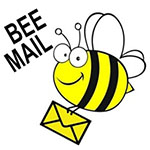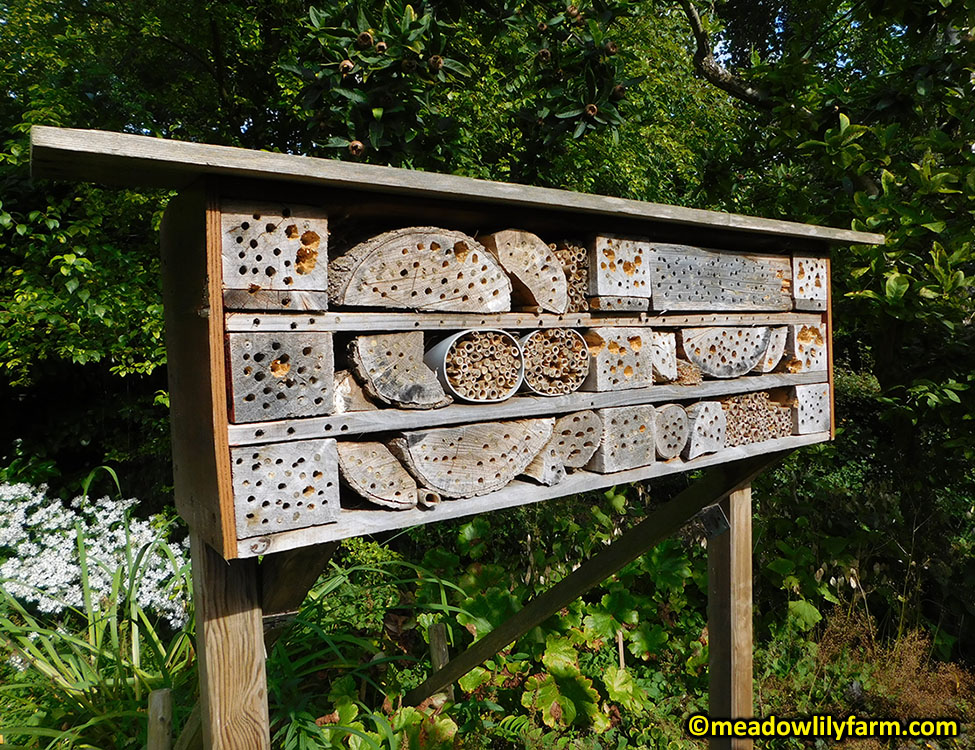
 By Meadowlily Farm
By Meadowlily Farm- 6,444
Besides Honeybees (that live socially) there are hundreds of species of wild bees these are called “solitary bees”. Solitary bees are harmless and not aggressive, they rarely sting unless trapped or squeezed. They do not live in hives, make honey, build honeycombs, or swarm. They are gentle, efficient, tireless pollinators and this makes them an ideal for your home garden.
There really are not any rules to building your own Bee Hotel for your garden. They can be as simple or as elaborate as you wish.
Tips on making your own Bee Hotel:
- Use only untreated wood that is not painted natural wood is more attractive to the bees.
- The house should be a minimum of three feet off the ground.
- Choose a sunny location where the front of the Bee Hotel will face the sun this is important because the bees need the sun to keep them warm.
- To attract as many species of bees as possible, drill holes of varying sizes. Be sure not to drill all the way through the block as the holes must have a stopping point.
- Native bees do vary in size; the bigger the bee, the larger the diameter and greater depth they require for their nest hole. Holes larger than ¼ inch should be 5 to 6 inches deep, while holes ¼ inch or smaller should be 3 to 5 inches deep.
- Remove splinters from the holes. When you drill the holes, take a piece of sandpaper and smooth out the any rough edges.
How a Bee Hotel works: The female bees find the hotel and enter holes that fit their species size. In the late summer and early fall she will lay eggs in her hole (hotel room). Each egg is surrounded with pollen and nectar and each egg is separated from the other with leaves or mud. The eggs will continue to develop in the holes over winter. The bee larvae survive living on the pollen and nectar their mother left. In spring and early summer a fully formed bee will have developed and will chew its way through the mud or leaf seal and fly out into your garden It’s important that when they do that they find plants for pollen and nectar nearby. Bees really like melons, peas, beans, squash, pumpkins, cucumbers, tomatoes, peppers, blueberries, strawberries, cherries, etc – also of course flowers especially your native wildflowers and always leave the dandelions for the bees that is often their very first food in the spring.
Bee Hotel Maintenance: Proper maintenance is essential to the bees to help stop the spread of fungus and mites. Your bee hotel should be carefully cleaned each year after the young bees have emerged in the summer. This can be done by cleaning the holes with a pipe cleaner or some people blow them clean with an air compressor.
Winter and your Bee Hotel: The bees using your bee hotel are adapted to the temperatures in your climate. In winter it isn’t necessary to remove it. If you want you can remove the bee hotel and keep it in an unheated garage or shed. Be sure to put it back in the garden before the temperature reaches above freezing. If the bee hotel gets too warm the bees may emerge early and have no food available to eat.
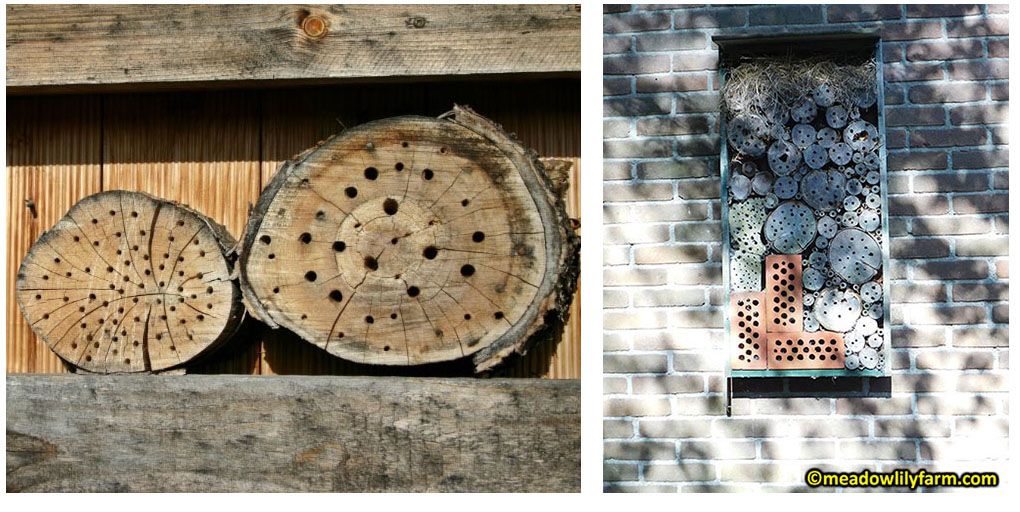
-
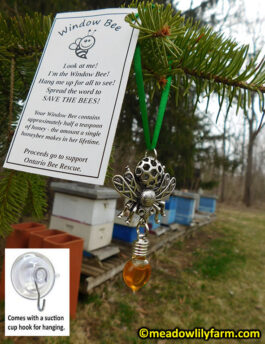 Window Bee Suncatcher with Honey Drop$20.00
Window Bee Suncatcher with Honey Drop$20.00 -
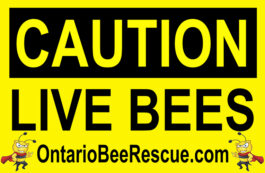 Caution Live Bees Magnet$15.00
Caution Live Bees Magnet$15.00 -
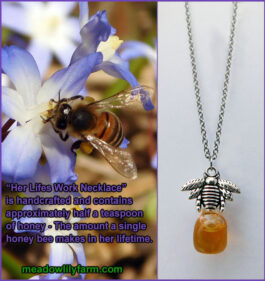 Honey Necklace Her Life’s Work$20.00
Honey Necklace Her Life’s Work$20.00





